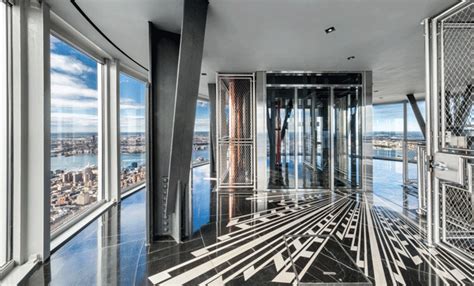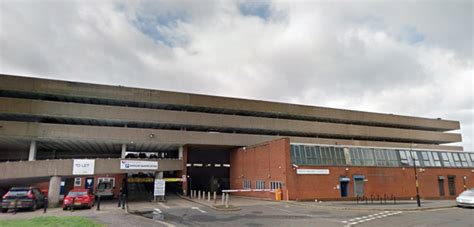Chicago is known for its iconic brick homes, and there are several reasons why this is. The most obvious is the city’s long and complex history. Chicago’s brick buildings have been around since the mid-1800s, and the city has a long history of being a manufacturing hub. This means that there was a plentiful supply of brick available to be used as building materials.
Brick is a strong and durable material that holds up well to the elements, and it can last for centuries with minimal maintenance. It’s also fireproof and reflects heat, which is great for hot summers in Chicago. Brick homes can also be insulated better than other types of homes, which is important for energy efficiency.
Chicago’s unique climate also contributes to the prevalence of brick homes. The cold and snowy winters require that buildings be able to withstand extreme weather. Brick homes are more resilient and durable than wood or vinyl, which can easily be damaged by the cold and fluctuating temperatures.
Finally, brick homes cost less to construct and maintain over time. While the initial cost of brick homes may be higher than those made of other materials, they require less maintenance and can last longer. The cost savings of brick can be considerable, especially when compared to other types of buildings.
In short, Chicago’s brick homes are a symbol of stability, durability, and affordability. They are built to last and will remain structurally sound for generations to come. And with their timeless beauty, they will continue to be a popular choice for Chicago homeowners.
The History of Brick Homes in Chicago
Chicago has a long history of brick homes, with many of the city’s buildings constructed from the mid-1800s onwards. Brick homes are a popular choice for Chicago’s residential architecture due to their durability, affordability, and visual appeal.
The Great Chicago Fire of 1871 completely destroyed much of the city, leaving almost a hundred thousand people homeless. This disaster prompted the city to embrace fireproof brick building materials. The use of brick could protect buildings from future fires, while also providing an economical option for rebuilding after the destruction of the fire. Soon, many of the city’s homes were constructed using brick.
The use of brick in Chicago was further encouraged by the availability of brick-making clay in the region. The clay was mined from nearby riverbanks, making it an accessible and affordable material. It’s also relatively easy to install, which made it the preferred material for many builders and homeowners.
The use of brick as a building material has several advantages. It’s durable and can withstand extreme weather conditions, making it ideal for Chicago’s often-harsh winters. It also offers excellent insulation, keeping homes warm in the winter and cool in the summer. Brick homes also have a classic, timeless aesthetic that appeals to many homeowners.
Brick homes are still popular in Chicago, with many of the city’s homes built during the mid-1800s still standing today. Brick homes offer homeowners a range of benefits, from durability and affordability to style and visual appeal. If you’re looking for a classic, timeless look for your home, brick may be the perfect choice for you.
Benefits of Brick Homes in Chicago
The city of Chicago is known for its iconic brick homes. This type of architecture can be seen throughout the city and has many benefits.
A brick home is a great choice for a variety of reasons. First, they are very durable. Brick homes are more resistant to fire, water, and pests than other types of homes. They also require less maintenance than other materials, such as wood or vinyl siding. Brick homes also tend to hold their value better than other types of homes.
Brick homes are also great for the environment. Brick is a natural material that doesn’t require energy to produce and doesn’t pollute the environment when it is disposed of. In addition, brick homes provide better insulation than other types of homes, which can help to reduce energy costs.
Brick homes are also very aesthetically pleasing. The classic look of a brick home is timeless and can give a home a sense of elegance and sophistication. Brick homes also tend to be more secure than other types of homes, making them a good choice for those looking for added security.
There are also a variety of options when it comes to choosing a brick home. There are a variety of colors, textures, and styles to choose from, so there is sure to be a brick home that fits any style. Brick homes typically cost more than other types of homes, but they are worth the extra expense due to their durability and low-maintenance.
The benefits of brick homes in Chicago make them a great choice for anyone looking for a home that is durable, environmentally friendly, and aesthetically pleasing. If you are considering buying a home in Chicago, a brick home may be the perfect choice for you.
 Road Topic Tourism & Travel
Road Topic Tourism & Travel




